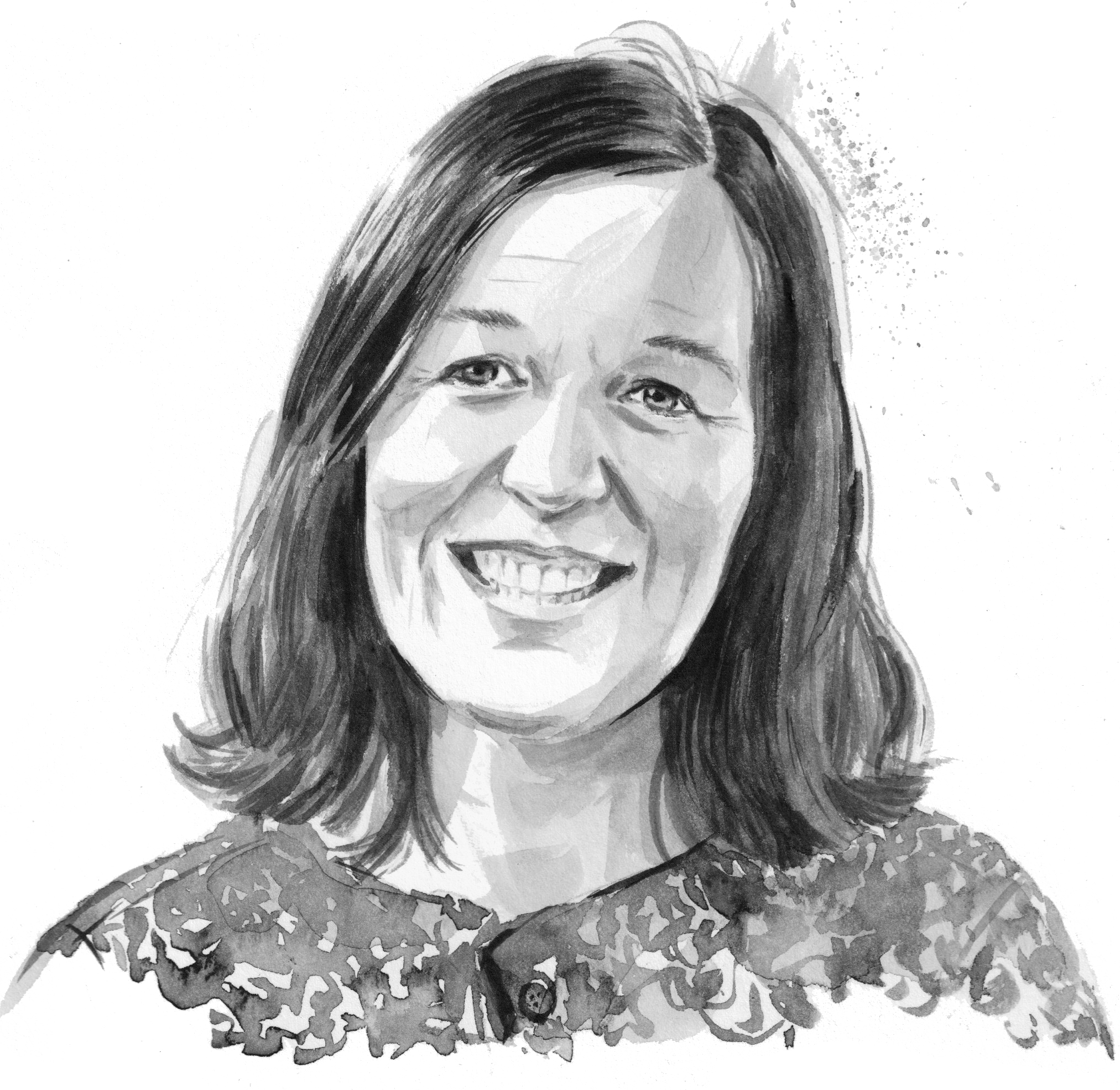When the children in my class are asked what they did in the holidays, a sea of eager, flapping hands appears. Many are fortunate to have been given lots of opportunities, like watching films and going to parties, theme parks and other exciting places.
It isn’t just during the holidays, either. Their weekends and after-school schedules are equally busy with clubs, play dates, swimming lessons and so on. They also have a world of entertainment at their fingertips through iPads, phones and consoles.
Today’s children rarely seem to be experiencing boredom at all, in fact. But is this a positive thing?
Developing fundamental play skills
I am certainly seeing differences in children’s play. There is a decline in creativity; in particular, I notice that children now seem to struggle with introducing imagination and narrative into their play. Short attention spans and poor physical skills are also a concern.
It seems children’s modern lifestyles work against some of the key principles of early learning: developing active thinking and hands-on learning, connecting them with real objects and nature. Children are spending less time outside than ever, and engaging with the digital world for stimulation.
I worry about them becoming more passive, and yes, less bored. Because children need time and space to think in order to be creative, and boredom is a good starting place for that.
If we never switch off the devices and give them the time and space to connect with everyday resources, they won’t develop those fundamental play skills.
The early years foundation stage framework highlights the importance of these play principles, which are considered to be linked to higher-level thinking skills, concentration levels and overall outcomes for children.
Making space for mystery
So, what can be done? After undertaking some training in the curiosity approach, which advocates for being “mindful and respectful and allowing a child’s creativity to flow”, I decided to try it out.
The activity I opted for was very simple: I gathered the children in a quiet space and built some interest around a mystery object in a box.
I took out a wasp’s nest and allowed the children time to wonder what it might be. They asked lots of thoughtful questions and had fun guessing which creature it might belong to. We looked at it through magnifying glasses. Some children wanted to draw it.
I found the approach helped with boosting talk and teaching new vocabulary. It initiated lots of questions and we then used some books and the internet to research more.
The children learned a lot in the short session and later shared these with each other. There were high levels of focus throughout and, most importantly, they wanted to find out more. It ignited that spark of curiosity that, as a teacher, I love to see.
How to nurture curiosity with objects
- Build interest and lots of anticipation before you introduce an object. It needs to hold value and be respected as something special. Think carefully about how and where you will display the objects once they have been introduced. You could have a clear box, like a fish tank, to display items.
- Choose objects that link to your curriculum, or as a hook to launch a new topic. For example, I used some tools, a photo of a cobbler and a tiny elf toy to introduce The Elves and the Shoemaker.
- Once a new theme has been introduced, you can gradually add layers of resources to build interest around the classroom: books, further artefacts, natural resources and photos.
- Make sure your items are rare and quirky, not something that you can just order from an educational catalogue. I plan to scour the car boot sales this summer and ask parents. I am also considering setting up a loan system with other local schools using this approach to build a collection of resources.
Helen Pinnington is the early years foundation lead at St Thomas More’s Catholic Primary School in Bedhampton, Hampshire
For the latest research, pedagogy and practical classroom advice delivered directly to your inbox every week, sign up to our Teaching Essentials newsletter






